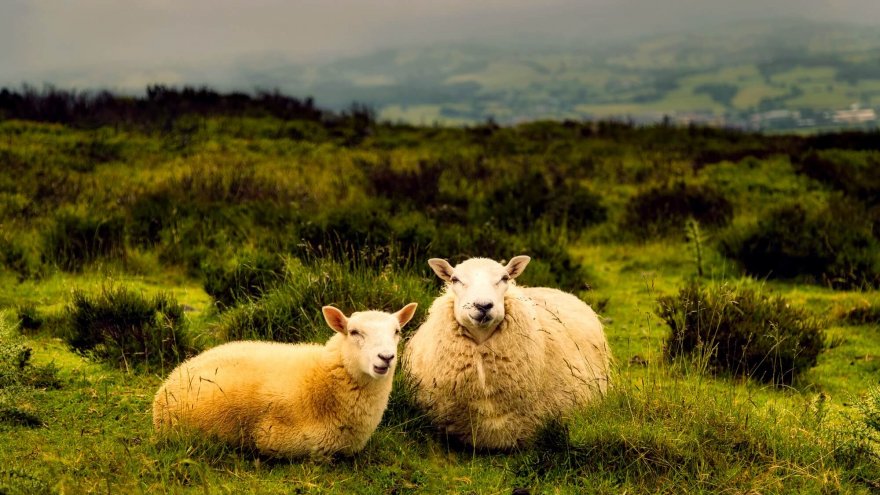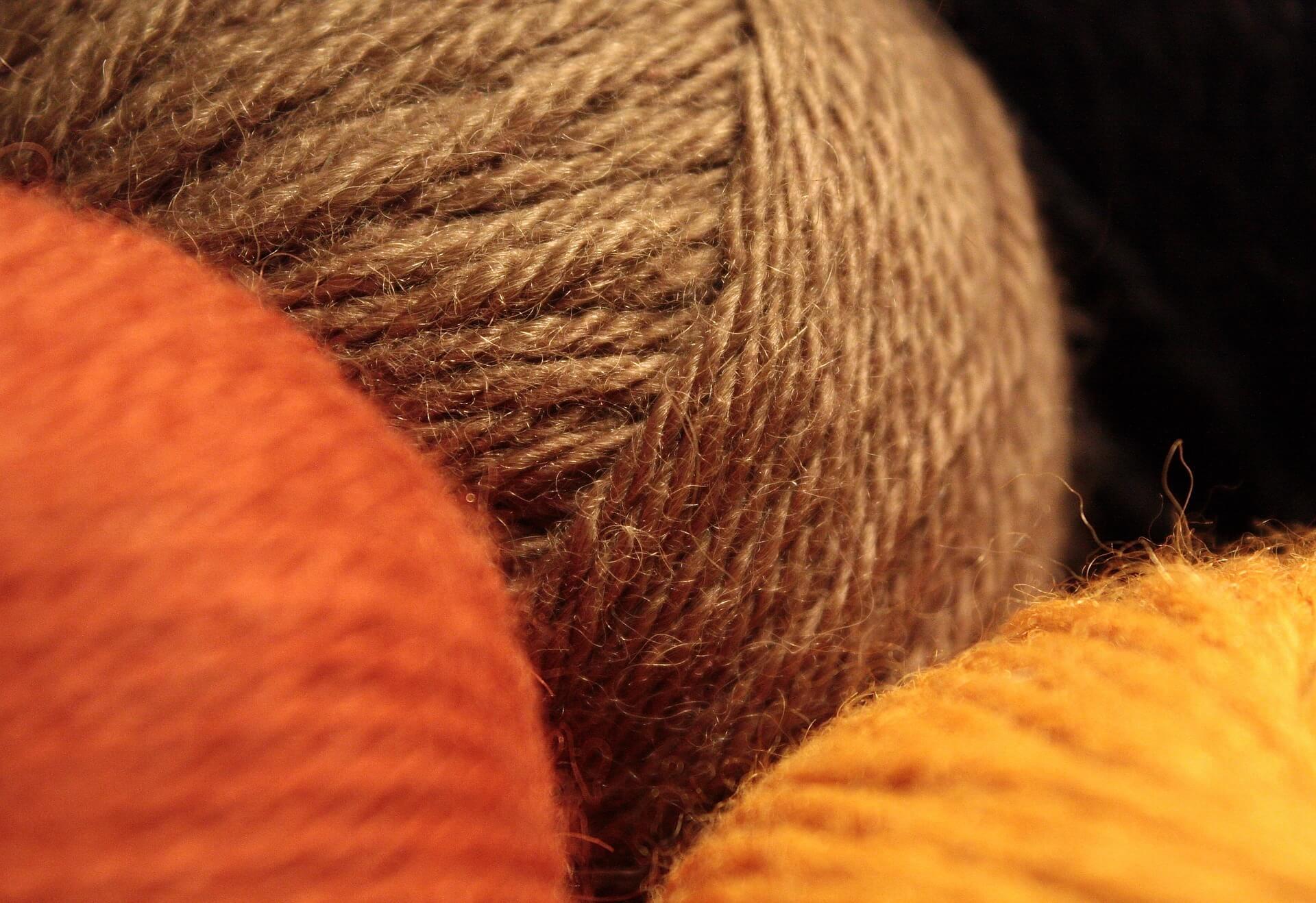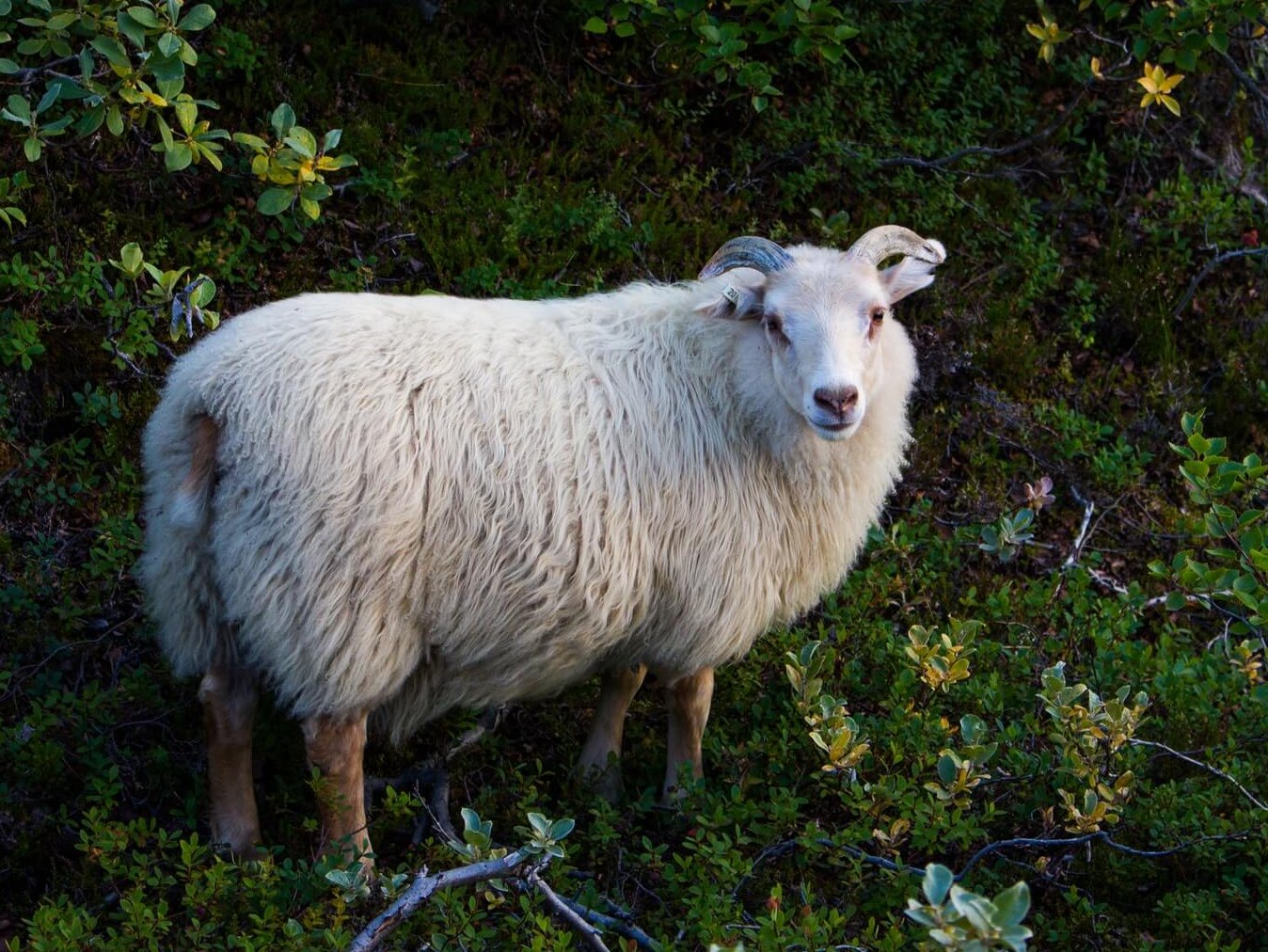Why Runners Should Wear Merino Wool

When you think of the word “wool” you might conjure images of fluffy sheep, thick warm sweaters, knitting… all very traditional views of wool. But wool has made it big in the athletic apparel world and for good reason. But not just any wool. Merino wool. Running apparel companies have picked up on this successful trend and have begun to incorporate it into their designs. But is the price tag worth it? Here’s what you need to know about merino wool.
Merino Wool vs Other Types of Wool
To start, what exactly is merino wool? This wool comes from a particular breed of sheep called (you guessed it) a Merino sheep. Merino sheep are originally from Spain, but eventually were introduced to Australia. Farmers in Australia were then able to make the wool of a Merino sheep even finer by selective breeding, which is the merino wool we now know today. Not only is the fiber on a merino sheep very fine, it is also very soft, more so than any other wool from any other breed of sheep.
Wool can come from not only sheep, but goats, rabbits, alpaca and yes, even camels too. If you picture wool to be itchy, most like you are thinking of mohair wool which comes from the Angora goat. Sheep wool comes in different grades which is determined by the thickness and the length of the fibers. Even merino itself can vary from fine, superfine and the ultimate – ultra fine merino.

And if you picture apparel made of wool to be super chunky, think again. Apparel made from merino wool can be made into a thin material or on the thicker side like used in sweaters. All wool, regardless of type, is good at absorbing moisture, great at regulating temperature, odor-resistant and very durable. And on top of that, unlike synthetic fibers, wool is biodegradable.
Why Merino Wool?
As mentioned above, merino wool is the finest, softest and most comfortable wool to wear of all other types of wool out there. But here are the reasons why runners (and active people in general) will want to make the switch to merino wool:
- Wicks moisture. Merino wool makes a great base layer in the winter time because it will keep you warm and dry by absorbing sweat.
- It is odor-resistant. Unlike some fabrics, merino wool won’t hold odor. Some have stated it’s so good at odor control they can skip a wash or two. (But I wouldn’t recommend it.)
- It can regulate temperature. You will stay cool in warm weather and warm in cold weather. Merino wool can be worn in all seasons.
- It dries quickly. In the event it does get wet from sweat, rain or other moisture, it will dry out fast.
- Provides SPF protection naturally.
- Fibers are durable and stretchy. The natural curl or “fiber crimp” of wool is what makes this fiber so resilient but also allowing for elasticity.
- Static resistant. No unwanted clinging here. Since the fibers do retain a certain amount of moisture, there will be no build up of static electricity.

Are There Any Downsides to Merino Wool?
There is always a catch, isn’t there? The one downside to merino wool is the price. But luckily in this case, you get what you pay for. It is very durable and will most likely outlast its synthetic counterpart.
On the surface, a pair of $15 socks might seem a bit much, but companies like SmartWool and Icebreaker who specialize in high quality merino wool athletic apparel, have proven that the price for merino wool apparel and accessories is justified.
Caring for Merino Wool
As with all garments be sure to check the label and follow the manufacturer’s instructions. In general though, merino wool is pretty easy to care for. For most items containing merino wool, machine wash in warm or cold water with like colors and be sure to use a mild detergent. If there is a print on the fabric, go ahead and turn the garment inside out. To dry, tumble dry low or allow it to air dry by laying it flat.

What Should I Get?
Now before you run out and deck yourself head to toe in merino wool, consider purchasing on of the following options first in order to see how merino wool works for you.
- Base layers – Planning to do some running, hiking or camping in super cold weather? Starting off with a merino wool long sleeve shirt or pant base layer is a great way to ensure you’ll stay warm and dry.
- Socks – Running in super thick socks in winter isn’t very comfortable. And for some, running without socks in the summer could lead to some nasty blisters. Picking up a pair of merino wool socks is also a great way for trying out merino wool without shelling out a lot of money.
- Tank top or Short Sleeve Shirt – Again, a great way to try out wool without spending a ton of money (though do expect to spend more than on your average running tank top or t-shirt.) Tank tops and t-shirts are also very versatile. Use them as a base layer in cooler weather or wear them alone in warm weather.
- Multifunctional Accessories – Companies like Buff have jumped on the merino bandwagon. If you want to try out merino, consider something that will allow you to try it out in a variety of ways! Use it as neckwarmer in the winter or a headband in the summer. Buff has a whole line of merino, both in a lightweight, which is perfect for summer, and a thicker version for colder weather.
Latest Articles
 Is Running on a Treadmill Easier Than Running Outside?Runners have their own preferences, whether it is treadmill running, running outside on the road, or exploring trails. So...
Is Running on a Treadmill Easier Than Running Outside?Runners have their own preferences, whether it is treadmill running, running outside on the road, or exploring trails. So... Is It OK to Use Trail Running Shoes on the Road?While trail running shoes can be used on roads, especially in situations where a runner encounters mixed terrains or pref...
Is It OK to Use Trail Running Shoes on the Road?While trail running shoes can be used on roads, especially in situations where a runner encounters mixed terrains or pref... How to Fix Sore Quads After Running?Rest, ice, gentle stretching, and over-the-counter pain relievers can help soothe sore quads after running. Also, ensure ...
How to Fix Sore Quads After Running?Rest, ice, gentle stretching, and over-the-counter pain relievers can help soothe sore quads after running. Also, ensure ... 10 Fruits With The Most Electrolytes to Replace Sports DrinksThese fruits are high in electrolytes such as potassium, magnesium, and calcium, essential for hydration, muscle function...
10 Fruits With The Most Electrolytes to Replace Sports DrinksThese fruits are high in electrolytes such as potassium, magnesium, and calcium, essential for hydration, muscle function...

